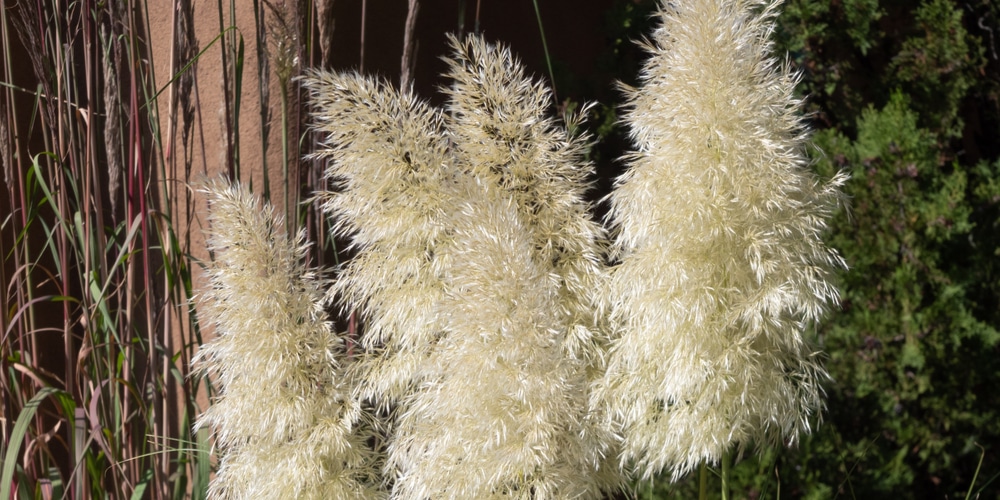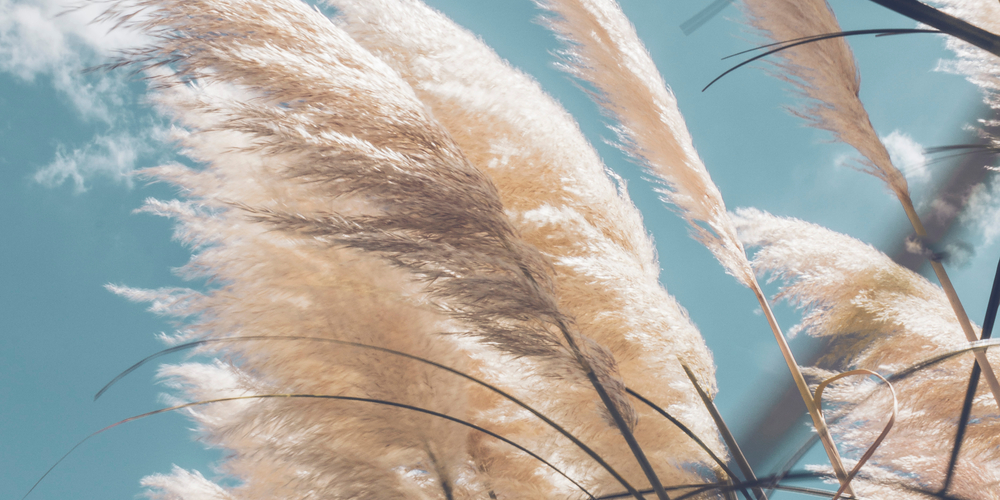Pampas grass are some of the showiest grass species around, topping at 7 to 10 feet tall when fully mature. Having it in your garden or landscape is certainly a good thing, but one requirement in growing pampas grass is pruning and cutting them back every year.
You might wonder when to cut back pampas grass and how close to the ground should you prune them back? We have the answers for you.
When Should You Cut Back Pampas Grass?
Pampas grass are towering species that grow very vigorously. It can take over a designated spot in your yard or garden quickly even with a bit of neglect. In these cases, the plant can do very well with annual pruning.
The best time to cut back pampas grass is during winter, specifically late in the season. At this time the pampas grass will still be in dormancy, and you won’t be cutting any new growth for the next season.
Pruning helps control the pampas grass and allows it to grow even bushier when spring comes. Aside from that, cutting the grass prevents them from becoming a fire hazard, since the leaves and stems tend to turn brown and die when they go into dormancy. Pruning allows you to maintain a neat and tidy garden that’s free from debris.
The good news is that you don’t need to cut back pampas grass more than once every year. Just a single hard pruning process should be enough to encourage the plant to regrow with bushier foliage and more stunning flowers.
Tips on How to Cut Back Pampas Grass
Wear Protective Clothing
Pampas grass will usually spread out anywhere between 8 to 10 feet, which will make pruning the plant a considerable task. To complicate things, the grass has sharp edges that can easily cut skin even when it’s dry.
With this in mind, it is recommended that you wear full protective clothing to avoid mishaps. Safety goggles, gloves, and long clothes are best for this kind of work.
While pruning pampas grass, move around carefully and think before you make any cuts. It’s also a good idea to wear closed-toe shoes and not flip-flops or sandals to protect your feet.
Use the Right Tools
Aside from being long, pampas grass are tough and thus hard to cut into. The stems are thick and they won’t budge when you use ordinary equipment, such as small garden shears or pruners.
If you are comfortable with operating a chainsaw then that should be your item of choice, but for those who want to use something else, then it’s recommended that you use long-handled loppers or power hedge trimmers.
Using the right tools not only makes pruning easier but saves you time as well. A tall pampas grass has a lot of foliage and will require extensive pruning, which can easily take up an hour of your time.
Cut the Grass Down to Size
Using your preferred equipment, start making cuts and leave a height of somewhere between 6 to 8 inches from the ground.
You can try combing the pampas grass first to loosen and remove dead stems and foliage using a rake, as well as inspecting to see if there are small creatures hanging around the plant.
Work through the whole pampas grass plants until all of them have been cut down. As a side note, you should remove smaller clumps that form on the side to maintain a good shape and to prevent grass overcrowding.
You can also harvest the plumes and clip off the almost-open ones for decoration and as a dried flower arrangement.
Fertilizing and Aftercare
Fertilizing is optional, but it can be done after cutting back your pampas grass. A well-balanced fertilizer with 10-10-10 should be fine- broadcast it around the drip line and water it in so the plants can feed on it.
As an added note, you should sterilize and make sure your pruning and cutting equipment are sterilized before cutting the pampas grass. Use Lysol or rubbing alcohol on the blades and allow it to dry out before cutting your pampas grass.
Dispose of the cut stems and leaves properly to prevent insects and pests in your garden, and to keep your lawn neat.

